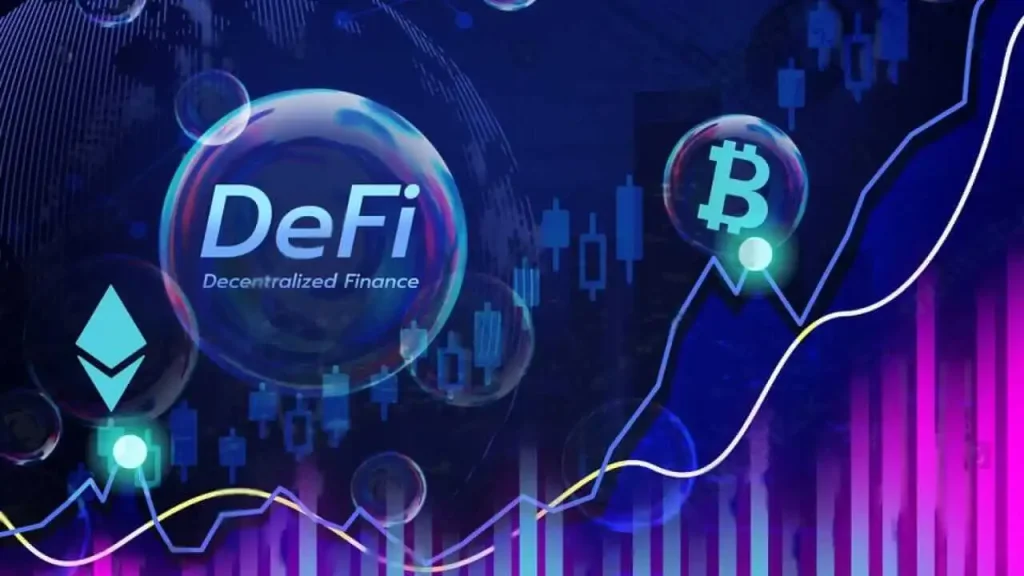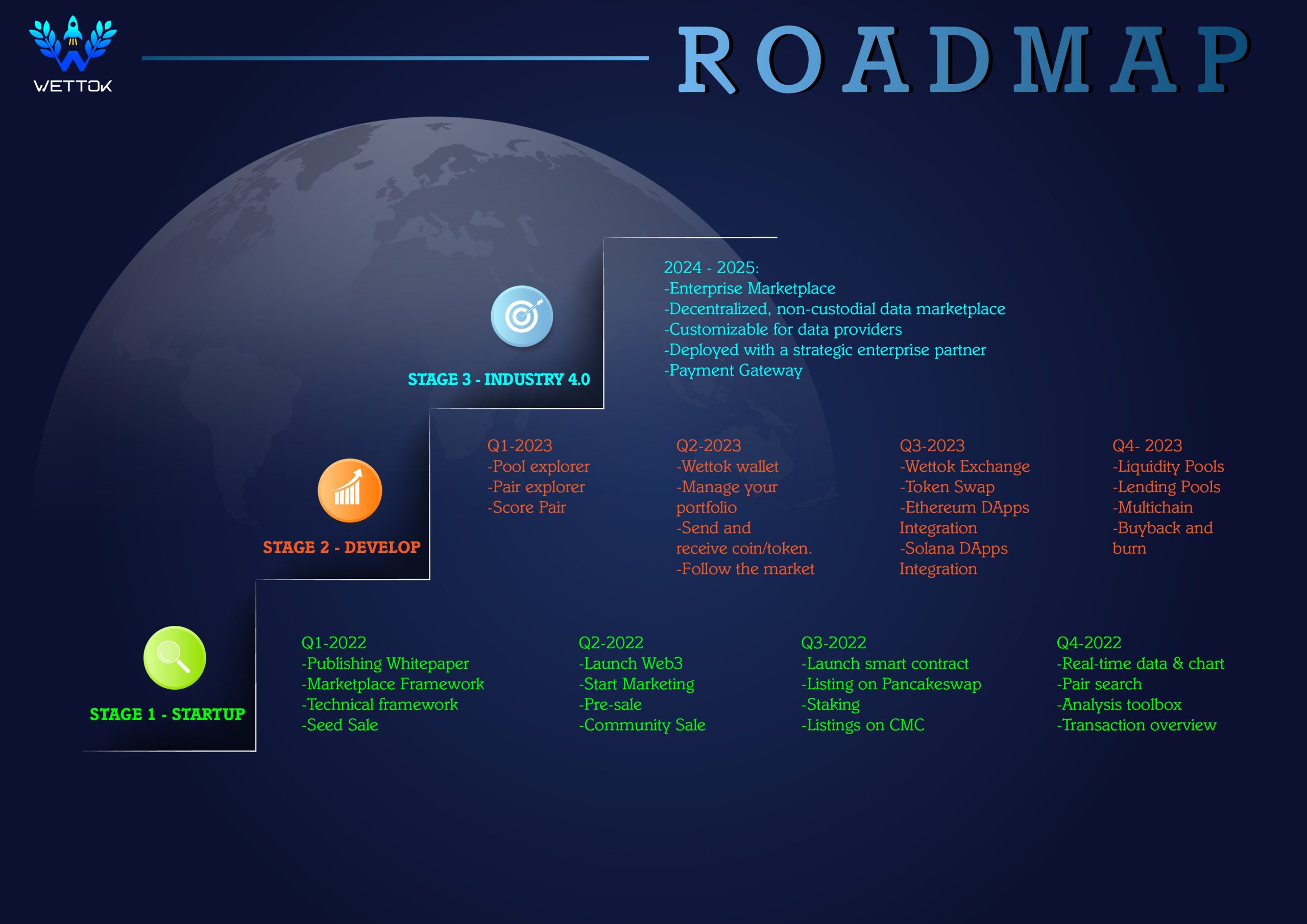Decentralized Finance, or DeFi, has become one of the most talked-about innovations in the financial and blockchain world. This fast-growing ecosystem has the potential to transform the traditional financial industry by removing intermediaries and providing open, permissionless access to financial services. In this blog post, we’ll break down what DeFi is, how it works, its key features, and why it’s reshaping the way people interact with money.

Content
What is DeFi?
DeFi, short for Decentralized Finance, refers to a system of financial applications built on blockchain technology that operates without relying on central financial intermediaries like banks or brokers. Instead of trusting traditional institutions to handle transactions, DeFi platforms use smart contracts—self-executing contracts with the terms of the agreement directly written into code. This allows users to interact directly with one another on a peer-to-peer basis.
DeFi aims to replicate and enhance traditional financial services, such as lending, borrowing, trading, and investing, but in a decentralized and transparent way. DeFi applications are typically built on Ethereum, the leading blockchain for smart contract functionality, although other blockchains like Binance Smart Chain, Solana, and Polkadot are also emerging in the DeFi space.
Key Features of DeFi
To understand why DeFi is revolutionary, it’s important to explore the key features that set it apart from traditional finance (TradFi):
1. Decentralization
Traditional finance operates through centralized institutions such as banks, exchanges, and payment processors. These intermediaries control the flow of funds and transactions. In contrast, DeFi operates in a decentralized manner, using blockchain technology to remove intermediaries. The decentralized nature of DeFi means that users retain full control over their assets and can execute transactions without third-party involvement.
2. Transparency
In the DeFi ecosystem, all transactions are recorded on a public blockchain, making them transparent and accessible to anyone. This transparency builds trust as users can verify transactions independently. Furthermore, the code that governs DeFi applications is typically open-source, meaning that anyone can inspect or audit the underlying protocols to ensure their integrity.
3. Permissionless Access
One of the most powerful aspects of DeFi is that it is permissionless. This means that anyone with an internet connection and a compatible crypto wallet can access DeFi applications, regardless of location, social status, or financial history. Unlike traditional finance, which often requires approval or verification from banks or financial institutions, DeFi is open to all without barriers to entry.
4. Smart Contracts
Smart contracts are the backbone of DeFi. These are self-executing contracts where the terms of the agreement are coded directly into the blockchain. Once the conditions of a smart contract are met, the contract automatically executes, eliminating the need for intermediaries or trust between parties. This automation significantly reduces the cost and time required to perform financial transactions.
5. Composability
DeFi protocols are highly composable, meaning they can interact and integrate with each other seamlessly. For example, a user can take out a loan on one platform and deposit the funds into another platform to earn interest. This “money Lego” system creates an ecosystem where applications can be stacked together to create more complex financial products and services.
Popular Use Cases of DeFi
DeFi’s versatility enables it to offer a wide range of financial services. Here are some of the most popular use cases:
1. Decentralized Lending and Borrowing
One of the core functions of DeFi is lending and borrowing. Platforms like Aave, Compound, and MakerDAO allow users to lend their crypto assets to others and earn interest. Borrowers can use these platforms to take out loans by providing collateral in the form of cryptocurrency. This is typically done through over-collateralization, meaning that borrowers must deposit more assets than they wish to borrow to ensure the loan can be repaid.
Lenders can earn interest on their idle assets without having to trust a central institution, while borrowers can access funds without needing to undergo traditional credit checks or approval processes.
2. Decentralized Exchanges (DEXs)
In traditional finance, centralized exchanges (like the stock market or crypto exchanges like Coinbase) act as intermediaries for buyers and sellers. Decentralized exchanges (DEXs) such as Uniswap, SushiSwap, and PancakeSwap operate without intermediaries. Instead, they use smart contracts to facilitate peer-to-peer trading of tokens.
DEXs allow users to trade assets directly from their wallets, and liquidity is provided by other users who earn fees in return for providing tokens to the exchange. This decentralized model eliminates the need to trust an exchange with custody of assets and reduces the risk of hacking or mismanagement.
3. Yield Farming and Liquidity Mining
Yield farming is a popular DeFi activity that involves providing liquidity to a decentralized platform in exchange for rewards, typically in the form of interest or platform-specific tokens. Users who participate in yield farming can maximize their returns by moving their assets across different DeFi platforms to chase the highest yields.
In liquidity mining, users earn additional tokens by providing liquidity to decentralized exchanges. This incentivizes users to deposit their assets into liquidity pools, ensuring the platform has enough liquidity to facilitate trading.
4. Stablecoins
Stablecoins are cryptocurrencies that are pegged to the value of real-world assets like fiat currencies (e.g., US dollars) or commodities (e.g., gold). Stablecoins like USDT, USDC, and DAI play a crucial role in DeFi by providing a stable medium of exchange. Since the value of these tokens is relatively stable compared to volatile cryptocurrencies like Bitcoin or Ethereum, they are widely used in lending, borrowing, and trading.
Stablecoins bridge the gap between traditional finance and DeFi by offering a reliable store of value while still benefiting from blockchain’s transparency and decentralization.
5. Insurance
The traditional insurance industry is often opaque and slow-moving, with claims processes that can be complicated and time-consuming. In DeFi, decentralized insurance protocols like Nexus Mutual and InsurAce offer coverage for smart contract failures, hacking, and other DeFi-specific risks. Users can purchase insurance policies through smart contracts, and claims are processed automatically when certain conditions are met.
This decentralized model brings greater efficiency and transparency to the insurance industry, reducing the need for intermediaries and streamlining the claims process.
Advantages of DeFi
DeFi offers several advantages over traditional financial systems:
- Increased Access: DeFi opens up financial services to anyone with internet access, providing access to those who may not have traditional banking services available.
- Lower Costs: By removing intermediaries, DeFi reduces fees and costs associated with transactions. For example, remittances and cross-border payments can be completed at a fraction of the cost charged by banks.
- Transparency: All transactions are recorded on a public blockchain, ensuring transparency and reducing the risk of fraud or corruption.
- Security and Control: Users maintain full control over their assets, as they are not held by centralized entities. The use of smart contracts ensures that the terms of transactions are automatically enforced.
Challenges and Risks of DeFi
While DeFi offers exciting opportunities, it’s not without its challenges:
- Smart Contract Vulnerabilities: Even though smart contracts automate transactions, they are not infallible. Bugs or vulnerabilities in the code can lead to hacks or loss of funds, as seen in various high-profile DeFi exploits.
- Regulatory Uncertainty: DeFi operates in a largely unregulated environment. Governments around the world are still working out how to regulate decentralized platforms, and future regulations could impact the way DeFi operates.
- High Volatility: While stablecoins offer a more stable medium of exchange, the broader DeFi ecosystem is still subject to the extreme price volatility of cryptocurrencies.
- Over-Collateralization: In DeFi lending, users must over-collateralize their loans, which can be inefficient for borrowers. If the value of the collateral falls too low due to market volatility, loans can be liquidated.
Conclusion
DeFi is fundamentally changing how financial services are delivered by decentralizing the system and allowing for open access to everyone. With applications ranging from lending and borrowing to decentralized exchanges and yield farming, DeFi is creating a new financial paradigm. While it offers tremendous benefits like reduced costs, increased access, and greater transparency, it also comes with risks and challenges that need to be addressed as the space matures.
As blockchain technology and decentralized applications continue to evolve, DeFi is likely to become a cornerstone of the future financial system, offering a new level of control, transparency, and inclusivity for people around the world. Whether you’re an investor, a developer, or a tech enthusiast, understanding DeFi is essential in navigating the rapidly changing landscape of finance.

Randal Daly has been following the crypto space since 2024. He is a passionate advocate for blockchain technology, and believes that it will have a profound impact on how people live their lives. In addition to being an avid blogger, Randal also enjoys writing about developments in the industry as well as providing useful guides to help those who are new to this exciting frontier of finance and technology.


